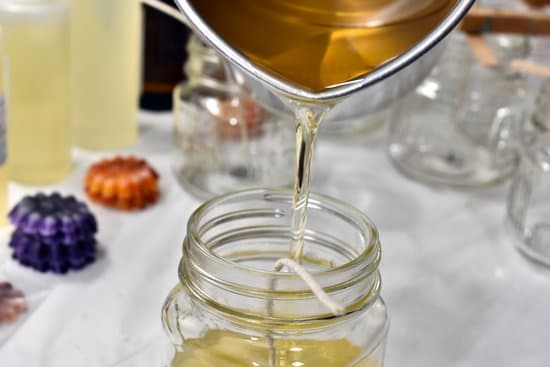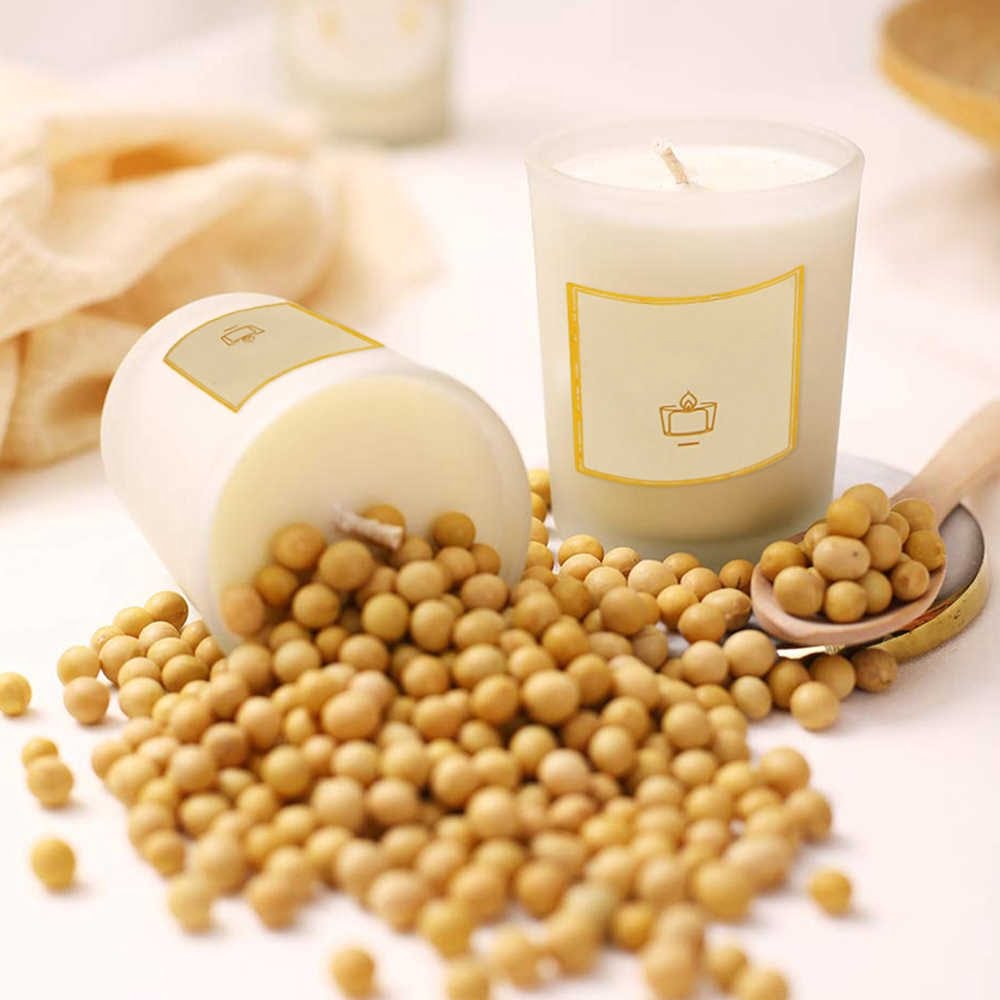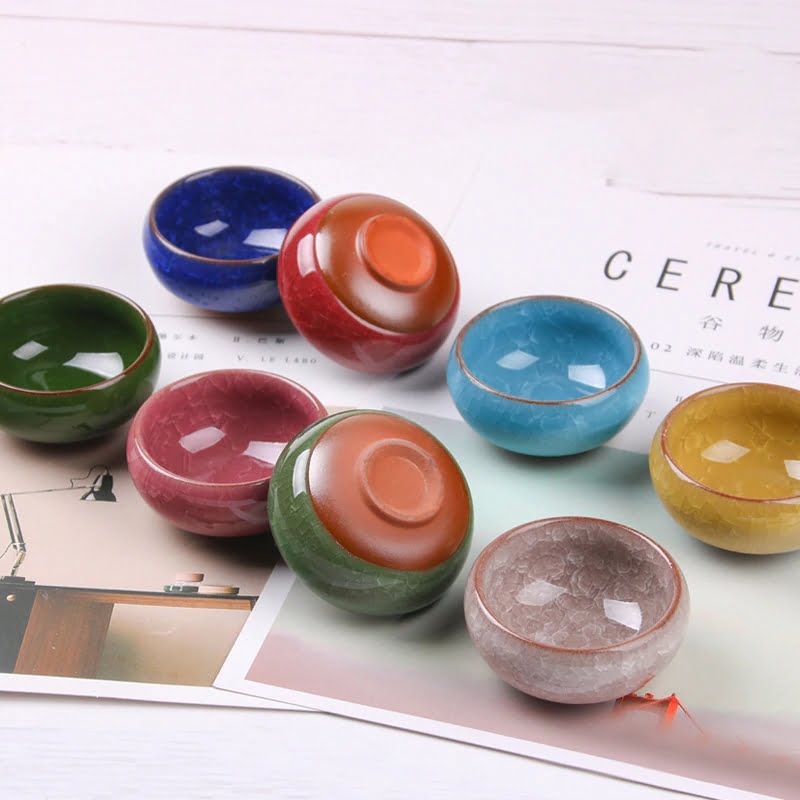Are you looking to add a natural touch to your candle making? Look no further than citronella wax for candle making. Citronella wax is derived from the citronella plant and is well-known for its insect-repelling properties. In this article, we will explore the benefits of using citronella wax for candle making, understand the properties of the citronella plant, and provide a step-by-step guide on how to make your own citronella candles.
Citronella wax is a popular choice for candle making due to its natural bug repellent properties. Not only does it serve as a functional candle, but it also adds a subtle, fresh scent to any space. Additionally, citronella wax is known for its clean and slow burn, making it an ideal choice for creating long-lasting candles that can be enjoyed for hours on end.
The citronella plant itself has been used for centuries in traditional medicine and aromatherapy due to its refreshing fragrance and insect-repelling qualities. Understanding the unique properties of the plant will give you insight into why citronella wax is an excellent choice for candle making. Whether you are looking to create a peaceful atmosphere in your outdoor space or simply enjoy the soothing aroma indoors, citronella wax candles offer a versatile option for both function and ambiance.
Benefits of Using Citronella Wax for Candle Making
Natural Mosquito Repellent
One of the key benefits of using citronella wax for candle making is its natural mosquito-repelling properties. Citronella oil, derived from the citronella plant, is a well-known insect repellent, and when used in candle form, it can help keep pesky insects at bay during outdoor gatherings or relaxing evenings on the porch. The pleasant aroma of citronella candles also adds to their appeal as a natural alternative to chemical-laden bug sprays.
Environmental Friendliness
Another advantage of utilizing citronella wax for candle making is its eco-friendly nature. Citronella oil is extracted from the leaves and stems of the Citronella plant, making it a renewable resource that does not contribute to deforestation or harm to the environment. When combined with sustainable waxes such as soy or beeswax, citronella wax candles offer an environmentally conscious option for outdoor lighting.
Aromatherapy Benefits
In addition to repelling mosquitoes and other insects, citronella candles can also provide aromatherapy benefits. The fresh, citrusy scent of citronella oil has been linked to stress reduction and mood enhancement. When used in candle form, this aroma can create a relaxing ambiance in any indoor or outdoor space. By incorporating citronella wax into candle making, crafters can enjoy both practical insect-repelling benefits and soothing aromatherapy effects in one product.
By incorporating citronella wax into their candle-making projects, crafters can produce all-natural candles that serve multiple purposes: providing ambient lighting while deterring mosquitoes and offering therapeutic benefits through aromatherapy.
Understanding the Citronella Plant and Its Properties
The citronella plant, also known as Cymbopogon, is a type of grass that is native to Asia. It has a strong citrus-like aroma that is widely used in various products such as perfumes, soaps, and candles. Citronella oil, which is derived from the leaves and stems of the plant, has natural insect-repelling properties and is commonly used in outdoor candles to keep mosquitoes at bay.
One of the key properties of the citronella plant is its high citronellal and geraniol content. These compounds are responsible for the plant’s distinct fragrance and insect-repelling qualities. When these compounds are extracted and incorporated into candle wax, they create a natural and effective way to deter insects while providing a pleasant aroma.
In addition to its insect-repelling properties, citronella wax for candle making also offers aromatherapy benefits. The fresh, citrusy scent can help promote relaxation and create a soothing atmosphere in any space. When burned, citronella candles can also help mask odors and purify the air, making them an ideal choice for both indoor and outdoor use.
| Property | Description |
|---|---|
| Citronellal Content | A key compound responsible for the plant’s fragrance and insect-repelling qualities. |
| Geraniol Content | Another important compound that contributes to the insect-repelling properties of the citronella plant. |
| Aromatherapy Benefits | The fresh, citrusy scent of citronella wax can promote relaxation and create a soothing atmosphere. |
By understanding the unique properties of the citronella plant, candle makers can harness its natural benefits to create high-quality candles that not only repel insects but also provide a delightful olfactory experience.
Different Types of Citronella Wax Available for Candle Making
Citronella wax is a popular choice for making candles due to its unique properties and benefits. When it comes to citronella wax for candle making, there are different types available, each with its own characteristics and uses. In this section, we will explore the various types of citronella wax that can be used for candle making.
One type of citronella wax commonly used for candle making is natural citronella essential oil-infused wax. This type of wax is derived from the citronella plant and has a strong, natural citrus-like scent that is known for repelling insects. It is often used to make outdoor candles that not only provide illumination but also act as a natural insect deterrent.
Another type of citronella wax available for candle making is blended citronella wax, which combines citronella essential oil with other types of waxes such as soy or paraffin. Blended citronella wax offers a more subtle aroma compared to the natural essential oil-infused wax and can be used to make indoor candles that create a pleasant ambiance while also helping to keep bugs at bay.
Lastly, there are also citronella fragrance oils specifically designed for candle making. These fragrance oils are formulated to mimic the scent of natural citronella without actually containing any citronella extract. While they may not have the same insect-repelling properties as natural or blended citronella waxes, they still offer a refreshing citrus fragrance that can be enjoyed in various candle designs.
When choosing the right type of citronella wax for candle making, it’s important to consider the intended use of the candles and the desired level of insect-repelling properties. Whether you opt for natural, blended, or fragrance oil-based citronella waxes, each type offers its own distinct advantages in creating beautiful and functional candles.
| Type of Citronella Wax | Main Characteristics |
|---|---|
| Natural Citronella Essential Oil-Infused Wax | Derived from the citronella plant; strong citrus scent; effective insect repellent |
| Blended Citronella Wax | Combines citronella essential oil with soy or paraffin waxes; subtle aroma; suitable for indoor candles |
| Citronella Fragrance Oils | Mimics scent of natural citrus; does not contain actual citronella extract; ideal for creating scented candles |
Step-by-Step Guide to Making Citronella Candles
Gathering Materials and Tools
To begin making citronella candles, you will need to gather your materials and tools. This includes citronella wax, candle wicks, a double boiler or melting pot, a thermometer, a pouring pitcher, and essential oils if desired for fragrance. Make sure to have a clean and organized workspace before starting the candle making process.
Melting the Citronella Wax
The first step in making citronella candles is melting the citronella wax. Use a double boiler or melting pot to melt the wax at the recommended temperature on the packaging. It is important to monitor the temperature of the wax to avoid overheating and causing a fire hazard.
Pouring and Setting
Once the citronella wax is fully melted, carefully pour it into your chosen candle container with the pre-tabbed wick centered in place. Allow the candle to cool and set completely before trimming the wick to about 1/4 inch. This will ensure that your citronella candle burns evenly and with minimal smoke.
By following these simple steps, you can create your own citronella candles for personal use or as gifts for friends and family. With its natural insect-repelling properties, citronella wax for candle making is an excellent choice for those looking to enjoy outdoor gatherings without pesky insects ruining the fun.
Tips and Tricks for Using Citronella Wax in Candle Making
Citronella wax is a popular choice for candle making due to its natural insect repellent properties and refreshing citrusy aroma. When working with citronella wax, there are some tips and tricks to keep in mind to ensure successful and effective candle making.
Here are some helpful tips and tricks for using citronella wax in candle making:
- Use high-quality citronella wax: When purchasing citronella wax for candle making, it’s important to choose a high-quality product to ensure the best results. Look for pure citronella wax that is specifically designed for candle making.
- Consider blending with other waxes: Citronella wax can be blended with other types of waxes, such as soy wax or beeswax, to create custom scents and enhance the overall performance of the candles. Experimenting with different wax blends can result in unique and appealing fragrances.
- Add essential oils for extra fragrance: To boost the natural citrus scent of citronella wax, consider adding a few drops of citrus essential oils, such as lemon or orange, during the candle making process. This can help intensify the fragrance of the finished candles.
- Use proper wicking: Choosing the right wick size is crucial when working with citronella wax. Using a wick that is too small can result in an uneven burn, while a wick that is too large may cause excessive smoking. It’s important to select the appropriate wick size based on the diameter of the candles being made.
By following these tips and tricks, crafters can maximize the benefits of using citronella wax for candle making while creating beautiful and effective candles that help repel insects and add a pleasant aroma to any space.
Citronella Wax Candle Making Safety Precautions
When working with citronella wax for candle making, it is important to take certain safety precautions to ensure a safe and enjoyable crafting experience. Citronella wax is derived from the citronella plant, which contains natural oils that can be potent and potentially irritating if not handled properly. By following these safety guidelines, you can create beautiful citronella candles while keeping yourself and others safe.
First and foremost, it is essential to handle citronella wax with care. When melting the wax, use a double boiler or a dedicated wax melting pot to avoid direct heat contact, as overheating the wax can lead to fire hazards. It’s also important to wear protective gear such as gloves and goggles to prevent any accidental contact with the hot wax.
In addition, always work in a well-ventilated area when melting and pouring citronella wax. This will help prevent inhalation of any fumes that may be released during the candle making process. If possible, consider using a mask or respirator to further protect yourself from any potential irritants.
Lastly, keep an eye on your work area to minimize the risk of accidents. Clean up any spills immediately to prevent slips and falls. Also, be sure to have a fire extinguisher on hand in case of emergencies. By taking these precautions, you can enjoy creating citronella candles in a safe and secure manner.
Creative Ideas for Using Citronella Candles
Citronella candles are a popular choice for outdoor gatherings and activities due to their insect-repelling properties. However, they can also be used in creative ways beyond just keeping bugs at bay. Here are some creative ideas for using citronella candles:
1. Outdoor Décor: Citronella candles can be used as part of your outdoor décor to not only add a warm glow to your space but also keep insects away. Place them in decorative lanterns or candle holders on tables, around seating areas, or along pathways.
2. Centerpieces: Citronella candles make beautiful and functional centerpieces for outdoor events such as barbecues, garden parties, and weddings. You can arrange them with fresh flowers, succulents, or other elements to create stunning focal points for your tables.
3. Homemade Gifts: Get creative with citronella wax for candle making by crafting your own citronella candles to give as thoughtful gifts for friends and family. Package them in mason jars with pretty ribbons or in handmade candle holders for a personalized touch.
4. Ambient Lighting: Use citronella candles to create ambient lighting for an evening of relaxation on your patio or deck. Their soft glow adds atmosphere while serving the dual purpose of keeping pesky mosquitoes away.
5. Camping Companion: Bring citronella candles along on camping trips to ward off bugs while enjoying the great outdoors. They can also provide extra light around the campsite at night.
By thinking outside the box, you can maximize the benefits of citronella wax for candle making and incorporate citronella candles into various aspects of your outdoor lifestyle. Whether you’re entertaining guests, seeking relaxation, or exploring nature, these versatile candles are a must-have addition to any outdoor setting.
Conclusion
In conclusion, citronella wax is a versatile and beneficial ingredient for candle making. From its natural insect-repelling properties to its pleasant aroma, citronella wax offers numerous benefits that make it an excellent choice for creating candles. Its unique properties not only serve practical purposes but also add a touch of freshness and ambiance to any space.
Furthermore, the citronella plant itself possesses remarkable qualities that enhance the quality of the wax derived from it. Its robust and aromatic nature makes it a popular choice for those seeking to create environmentally-friendly and effective candles. Additionally, with the availability of different types of citronella wax, candle makers have the flexibility to choose the best option suited for their specific needs and preferences.
Overall, whether you are using citronella wax for its insect-repelling capabilities or simply to enjoy its pleasant scent, incorporating this natural ingredient into your candle making process can elevate your creations to new heights. By following safety precautions, utilizing creative ideas, and implementing tips and tricks, you can make the most out of citronella wax for candle making and enjoy the many benefits it has to offer.
Frequently Asked Questions
What Kind of Wax Do You Use for Citronella Candles?
When making citronella candles, it’s best to use soy wax or beeswax. These waxes are known for their clean burning and ability to hold a high concentration of citronella oil, which is essential for repelling insects.
How Do You Make Citronella Wax Candles?
To make citronella wax candles, start by melting the soy wax or beeswax in a double boiler. Once melted, remove from heat and stir in citronella oil. Then pour the mixture into candle molds, insert wicks, and allow to cool and harden before trimming the wick and using the candle.
Can I Use Citronella Oil in Candles?
Yes, you can certainly use citronella oil in candles. In fact, it is one of the most popular essential oils used for making natural insect-repelling candles. However, when using citronella oil in candles, be sure to follow safety guidelines and proper dilution ratios for best results.

Welcome to my candle making blog! In this blog, I will be sharing my tips and tricks for making candles. I will also be sharing some of my favorite recipes.





